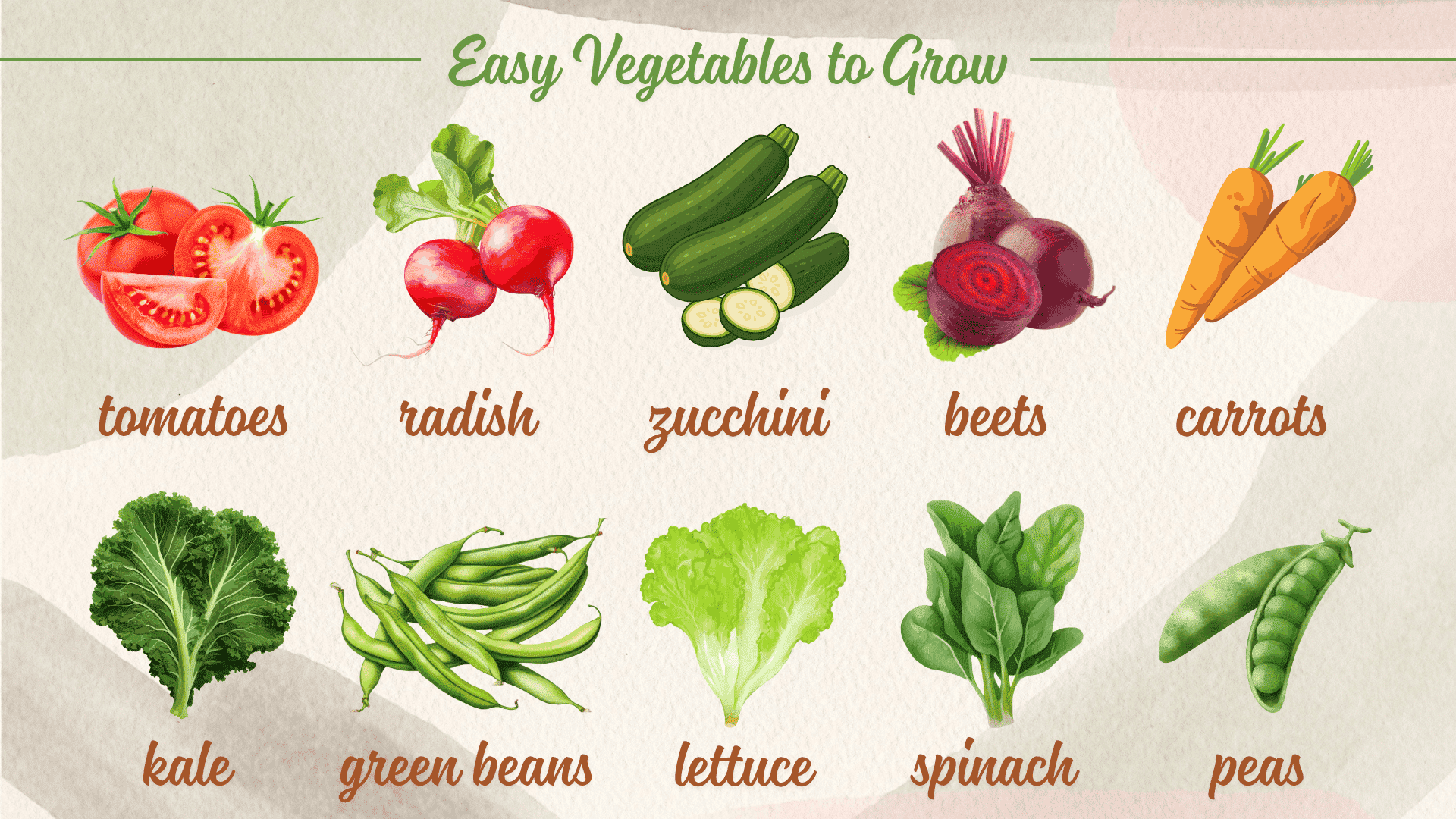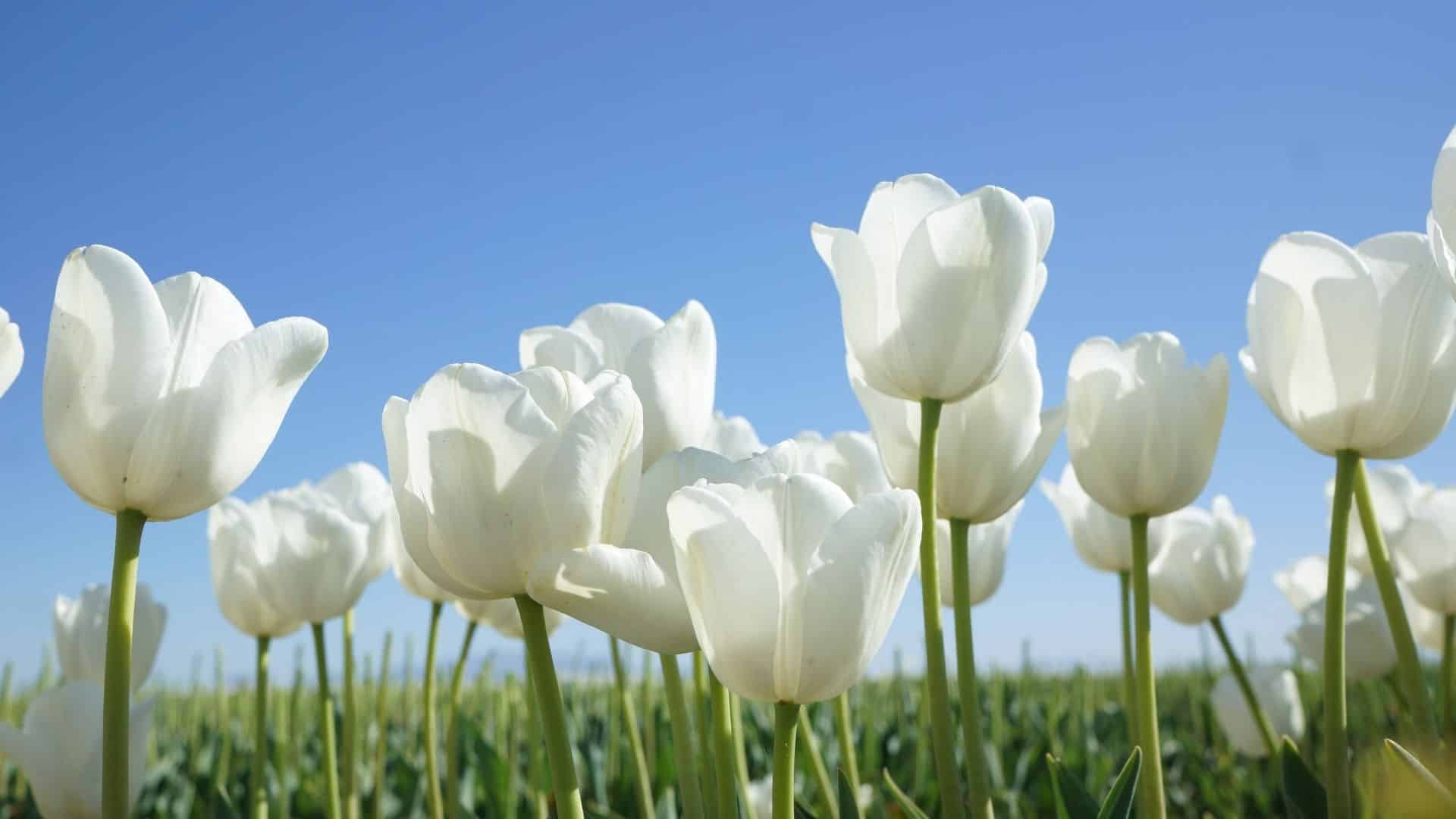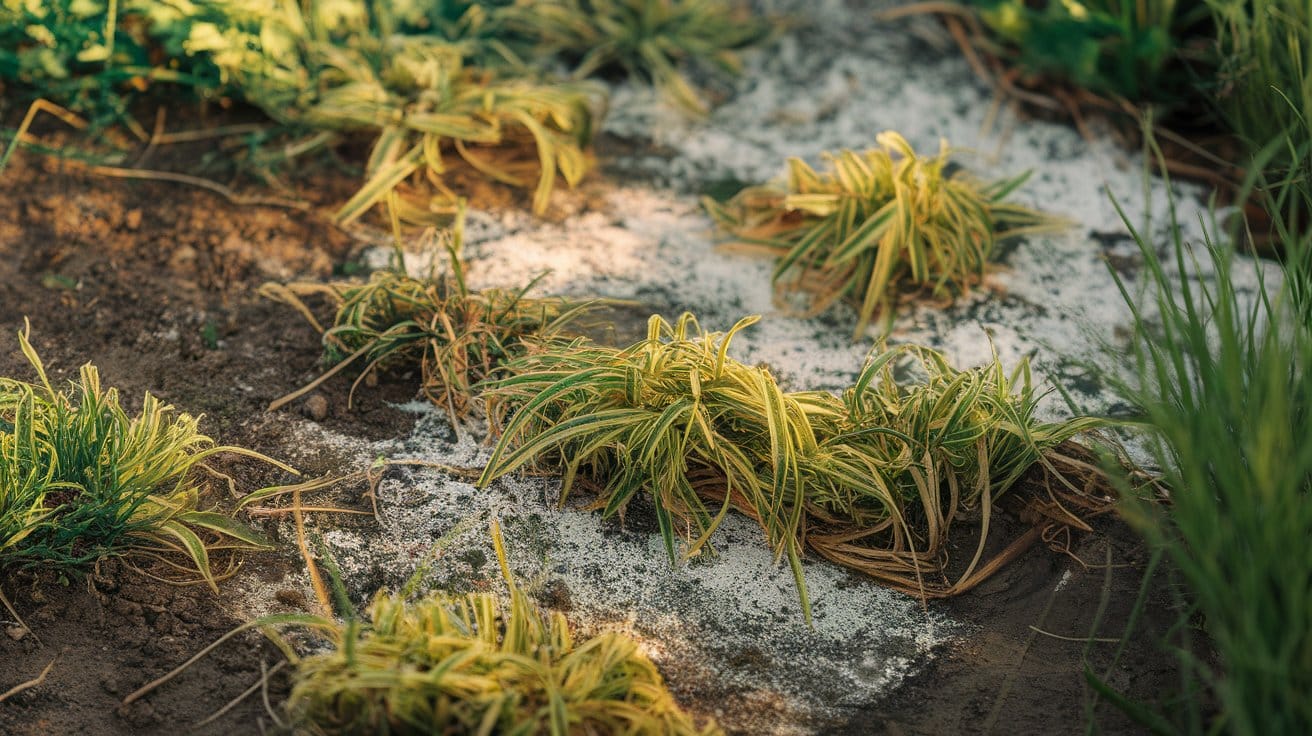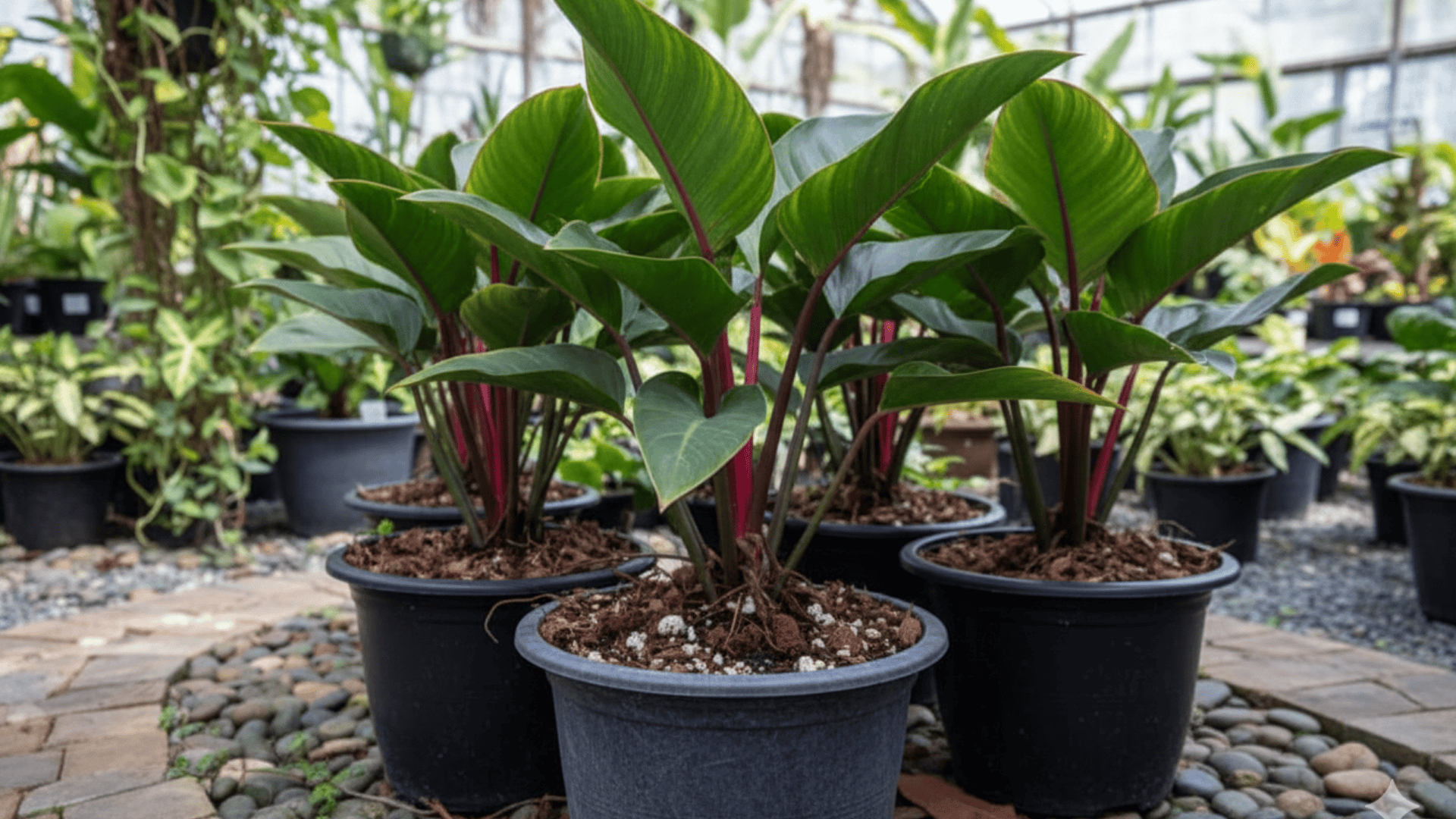Starting a vegetable garden is one of the most satisfying and practical hobbies you can take up.
It doesn’t require much space, experience, or expensive tools to see great results.
Many vegetables grow well with simple care, rewarding you with fresh produce in just a few weeks.
By choosing the right varieties, you can learn the basics of gardening while enjoying reliable yields.
This guide covers easy vegetables to grow for beginners, explaining their growing habits, care needs, and ideal conditions.
Each of these easy plants to grow can help you start your garden confidently and enjoyably.
What Makes a Vegetable Easy to Grow?
Some vegetables grow well with minimal attention and adapt easily to changing environments.
These low-maintenance plants are perfect for gardeners who want success without complex techniques.
Key traits of easy vegetables to grow:
- Quick germination and harvest times.
- Minimal fertilizer and pruning requirements.
- Resistance to common pests and diseases.
- Flexibility in soil, sunlight, and moisture conditions.
Best Easy Vegetables to Grow in Balcony Gardens
Growing vegetables doesn’t have to be complicated.
In fact, many varieties are naturally low-maintenance, fast to mature, and forgiving of minor mistakes, making them perfect for beginners who want consistent success.
Below are reliable and productive easy plants to grow that offer excellent results, even in small spaces or simple garden setups.
1. Lettuce and Leafy Greens
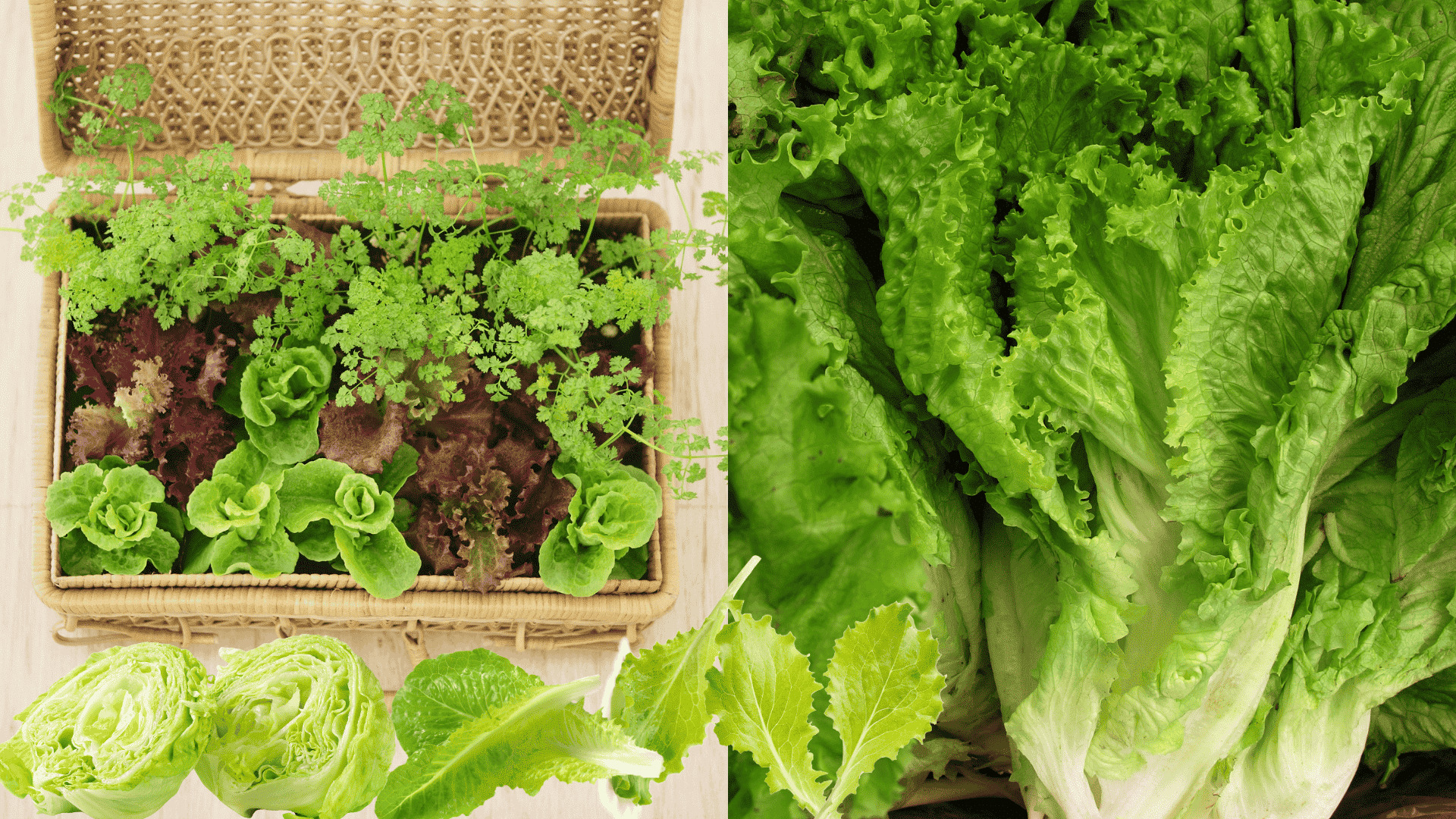
Lettuce, spinach, and kale are fast-growing and resilient, making them some of the easiest vegetables to grow for beginners.
These greens thrive in partial shade and cooler temperatures, doing well in containers, raised beds, or garden plots.
They also perform well in successive planting, letting you enjoy fresh leaves throughout the season.
- Care Tip: Keep soil evenly moist and harvest outer leaves regularly to promote regrowth.
- Best Season to Grow: Early spring and fall.
2. Radishes
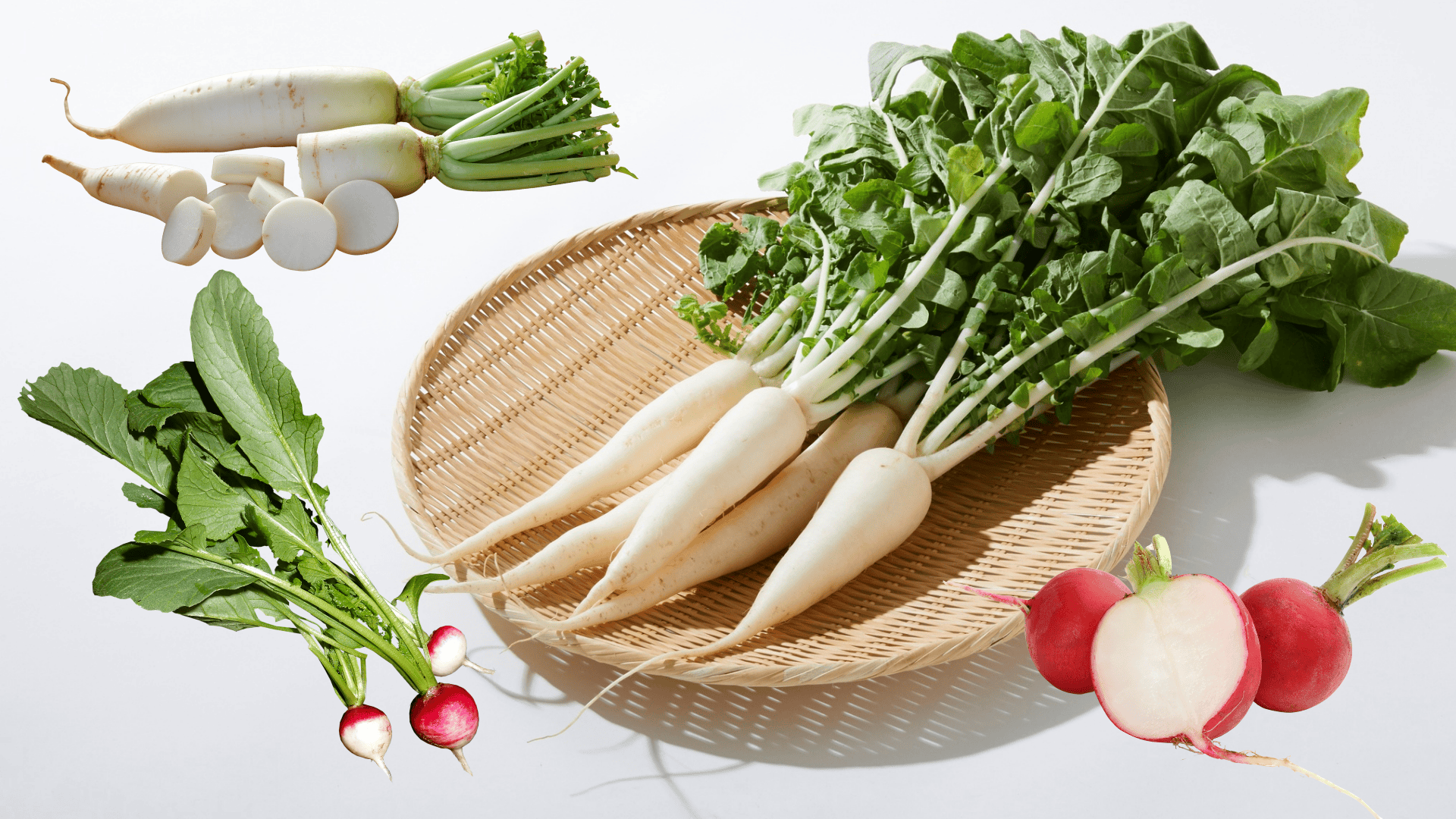
Radishes mature in just three to four weeks, making them among the quickest and easiest vegetables to grow.
They prefer loose, well-drained soil and do well in cooler months.
When combined with other easy plants to grow, such as lettuce or carrots, they make excellent companion crops that improve soil aeration and save space.
- Care Tip: Water lightly and consistently to maintain crisp texture and even growth.
- Best Season to Grow: Spring and autumn.
3. Green Beans

Green beans are highly productive and considered one of the top easy vegetables to grow due to their adaptability and nitrogen-fixing ability.
Both bush and pole varieties thrive in warm, sunny conditions.
These plants enrich the soil and require minimal fertilization while providing a consistent harvest through the summer.
- Care Tip: Provide a simple trellis for climbing types and water when the soil begins to dry.
- Best Season to Grow: Late spring through summer.
4. Tomatoes
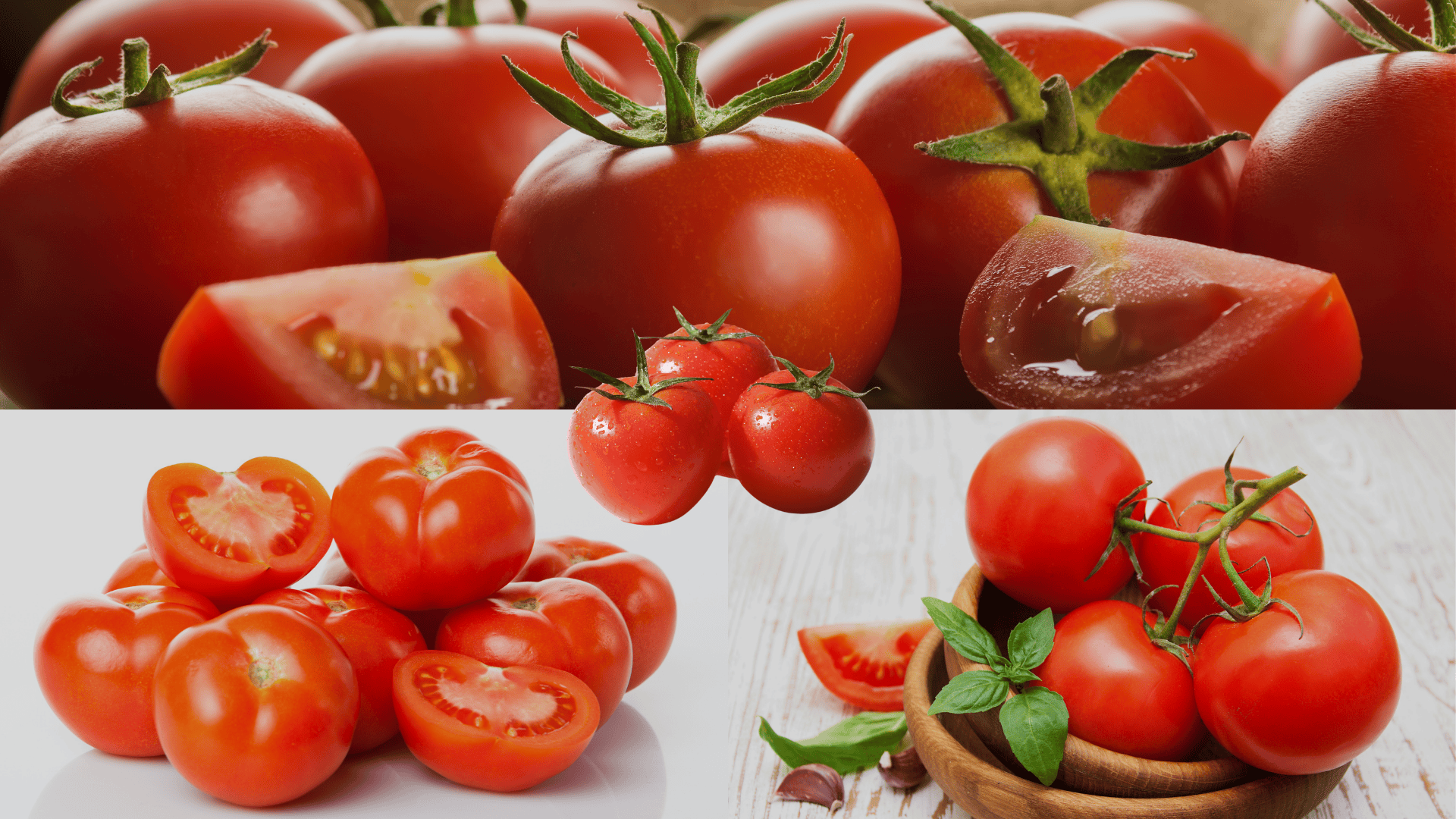
Tomatoes are among the most popular and easiest vegetables to grow, producing heavy yields with proper sunlight and watering.
Compact varieties are great for containers, while larger ones thrive in garden beds.
They benefit from regular pruning, consistent watering, and good airflow to prevent disease.
- Care Tip: Support plants with stakes or cages and water at the base to prevent leaf diseases.
- Best Season to Grow: Late spring through early fall.
5. Carrots
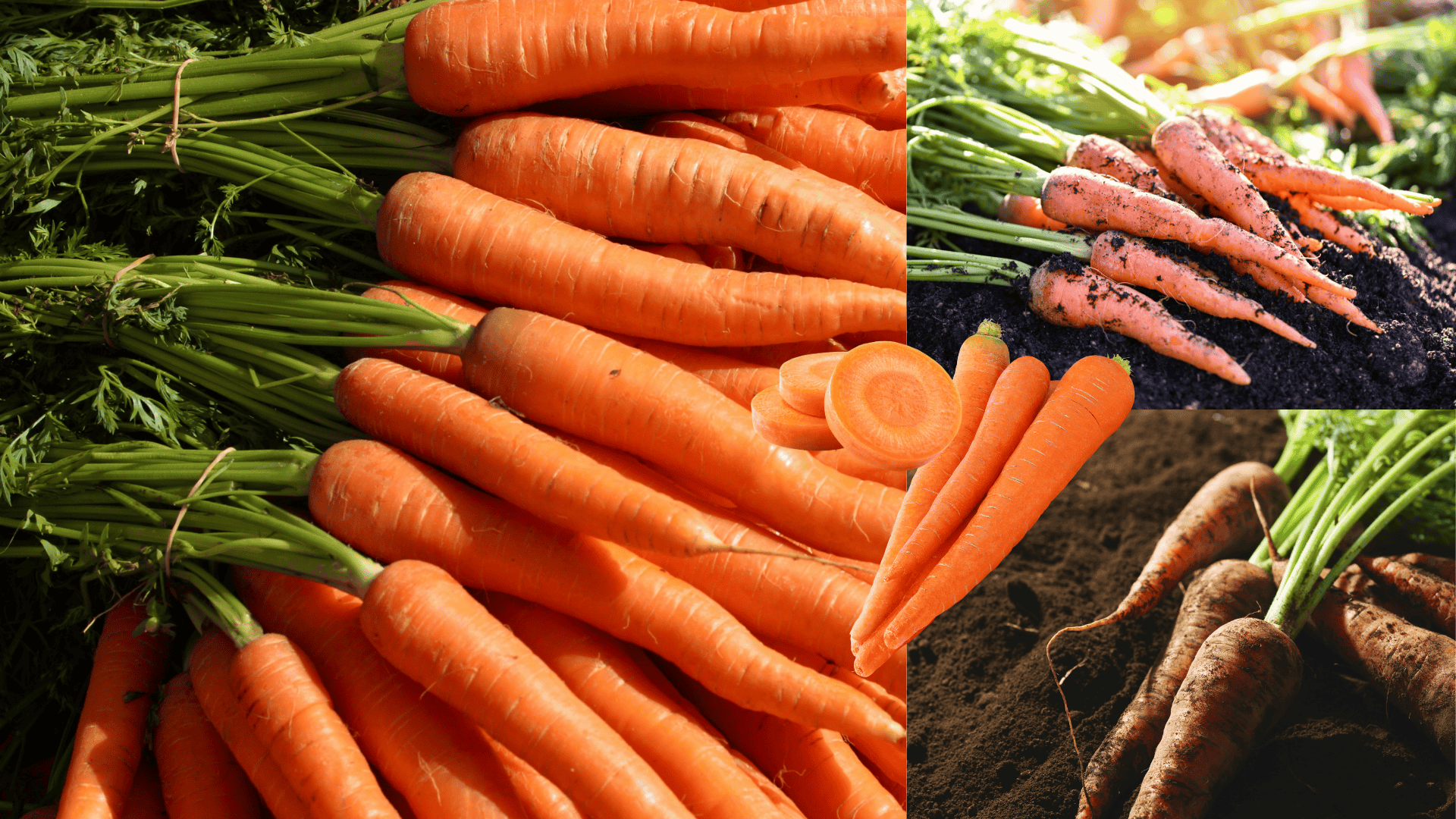
Carrots are low-maintenance and thrive in loose, sandy soil, making them one of the most dependable, easy vegetables to grow.
Consistent moisture and spacing encourage uniform roots with great flavor.
Like other easy plants to grow, carrots perform best when the soil is free of rocks or debris, allowing the roots to develop straight and strong.
- Care Tip: Keep soil loose and free from stones to allow straight, healthy root development.
- Best Season to Grow: Spring and fall.
6. Zucchini
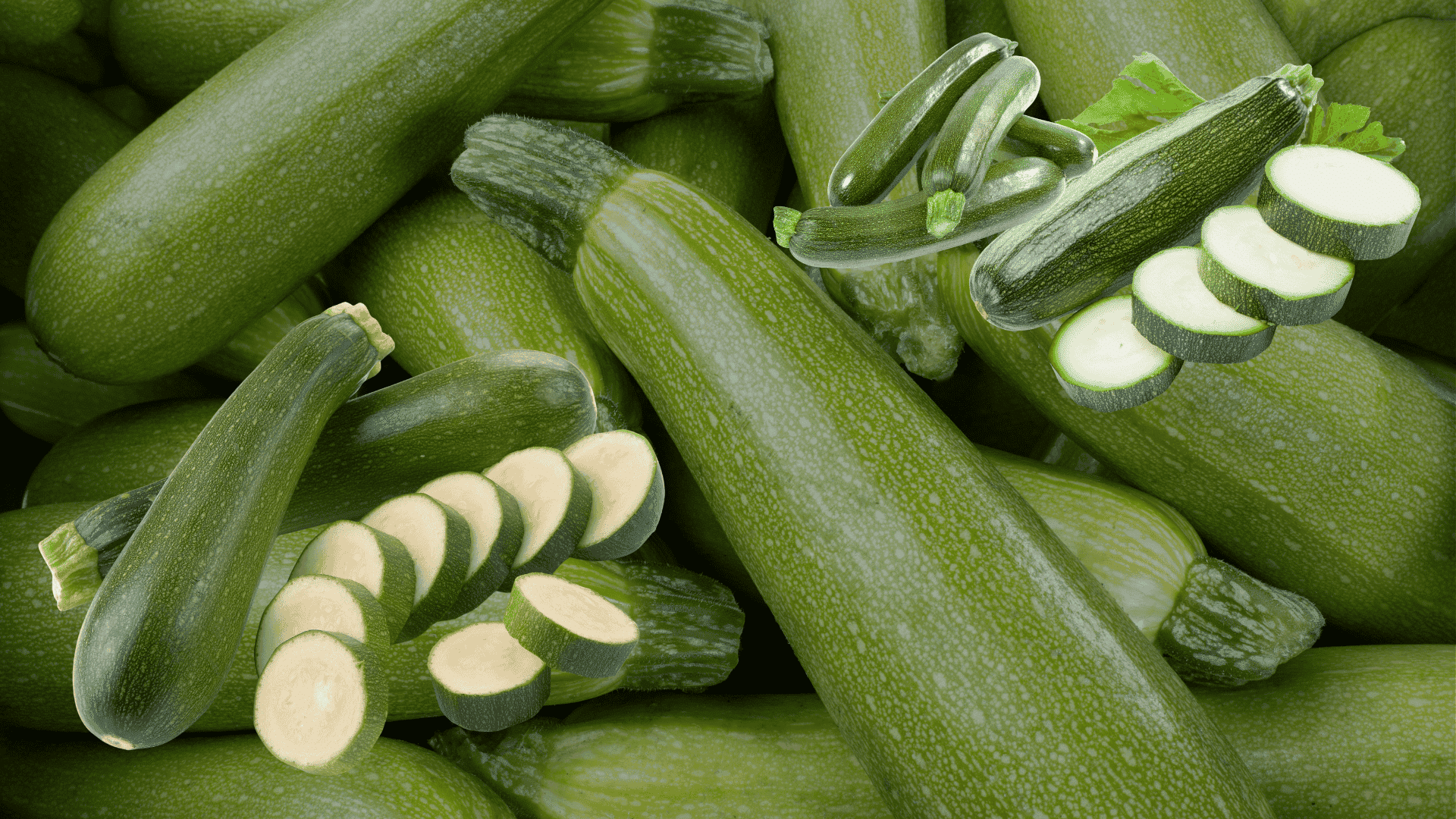
Zucchini grows vigorously, producing high yields even from one or two plants.
It’s widely recognized as one of the most rewarding easy vegetables to grow because of its fast growth and resilience.
They love warm weather, rich soil, and regular watering, rewarding you with consistent fruit all season long.
- Care Tip: Harvest regularly when fruits are small for the best flavor and continued production.
- Best Season to Grow: Late spring through summer.
7. Peas
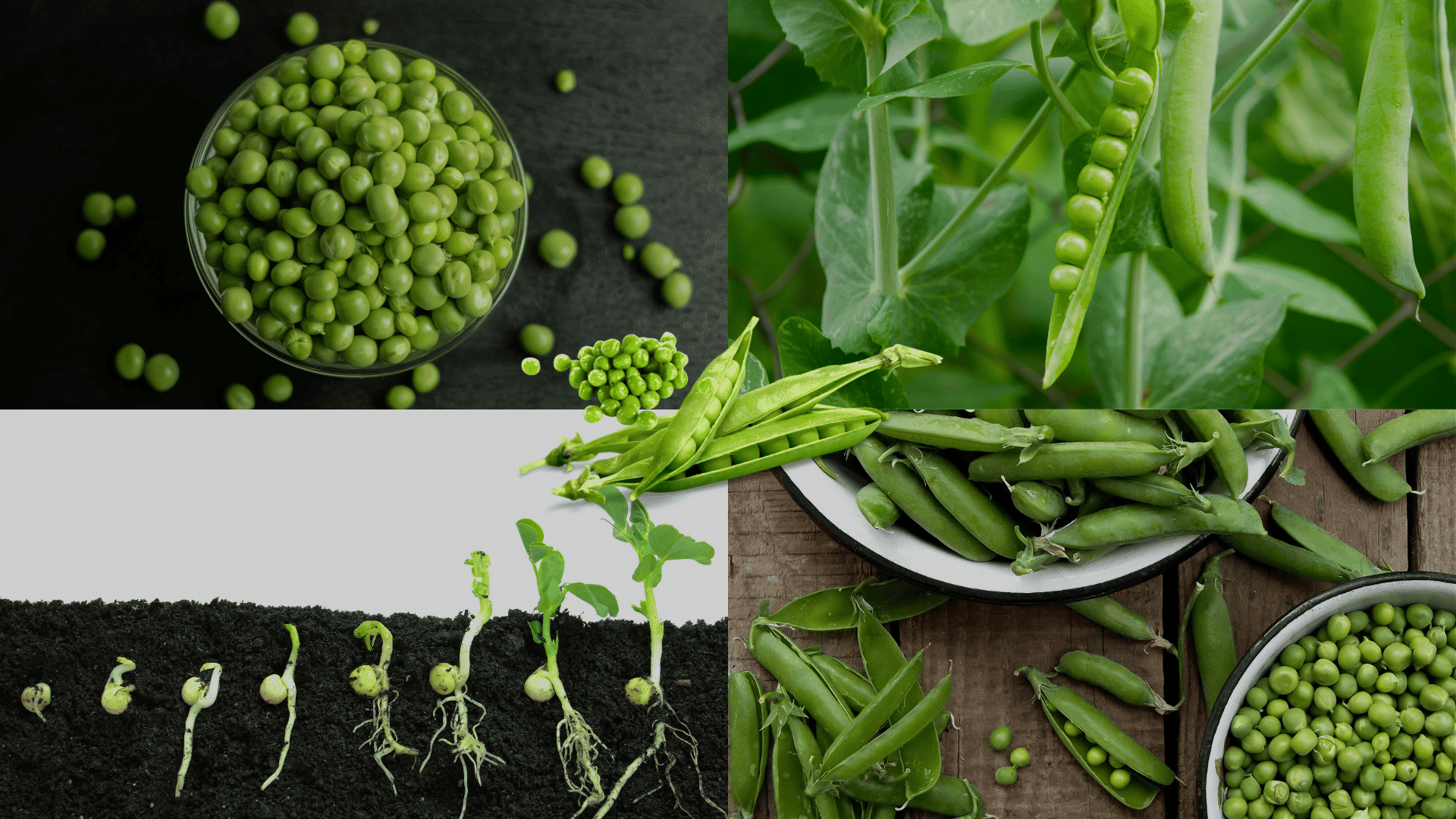
Peas are cool-weather crops and excellent, easy vegetables to grow for early planting.
They enrich the soil with nitrogen and require minimal maintenance once established.
Like many easy plants to grow, peas perform well in raised beds or containers, as long as they have a simple trellis for support.
- Care Tip: Keep vines upright with netting or stakes to prevent rot and make harvesting easier.
- Best Season to Grow: Late winter through spring.
8. Spinach
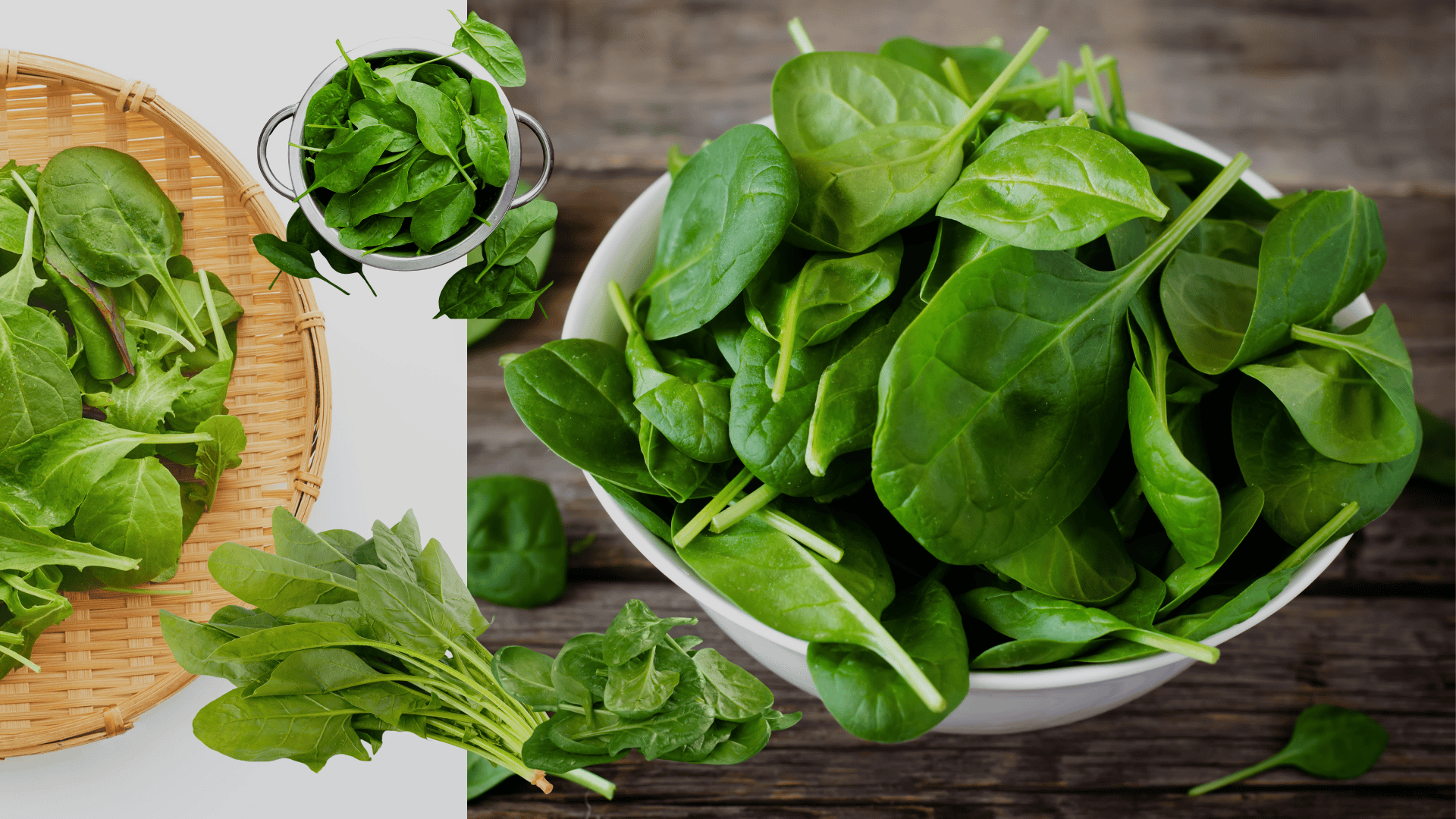
Spinach is one of the most versatile, easy plants to grow, thriving in both full sun and partial shade.
It grows quickly, tolerates cool weather, and provides continuous harvests when leaves are picked regularly.
This makes it one of the most consistent, easy vegetables to grow for new gardeners.
- Care Tip: Harvest often to encourage new leaf growth and prevent plants from flowering early.
- Best Season to Grow: Fall and winter.
9. Broccoli

Broccoli is a cool-season vegetable that grows well in mild temperatures.
It’s packed with nutrients and fits perfectly in small or large gardens.
Among the most dependable and easy plants to grow, broccoli forms dense green heads that develop best with consistent watering and sunlight.
- Care Tip: Keep the soil rich in organic matter and harvest the main head before flowers appear to encourage side shoots.
- Best Season to Grow: Fall through winter.
10. Beets
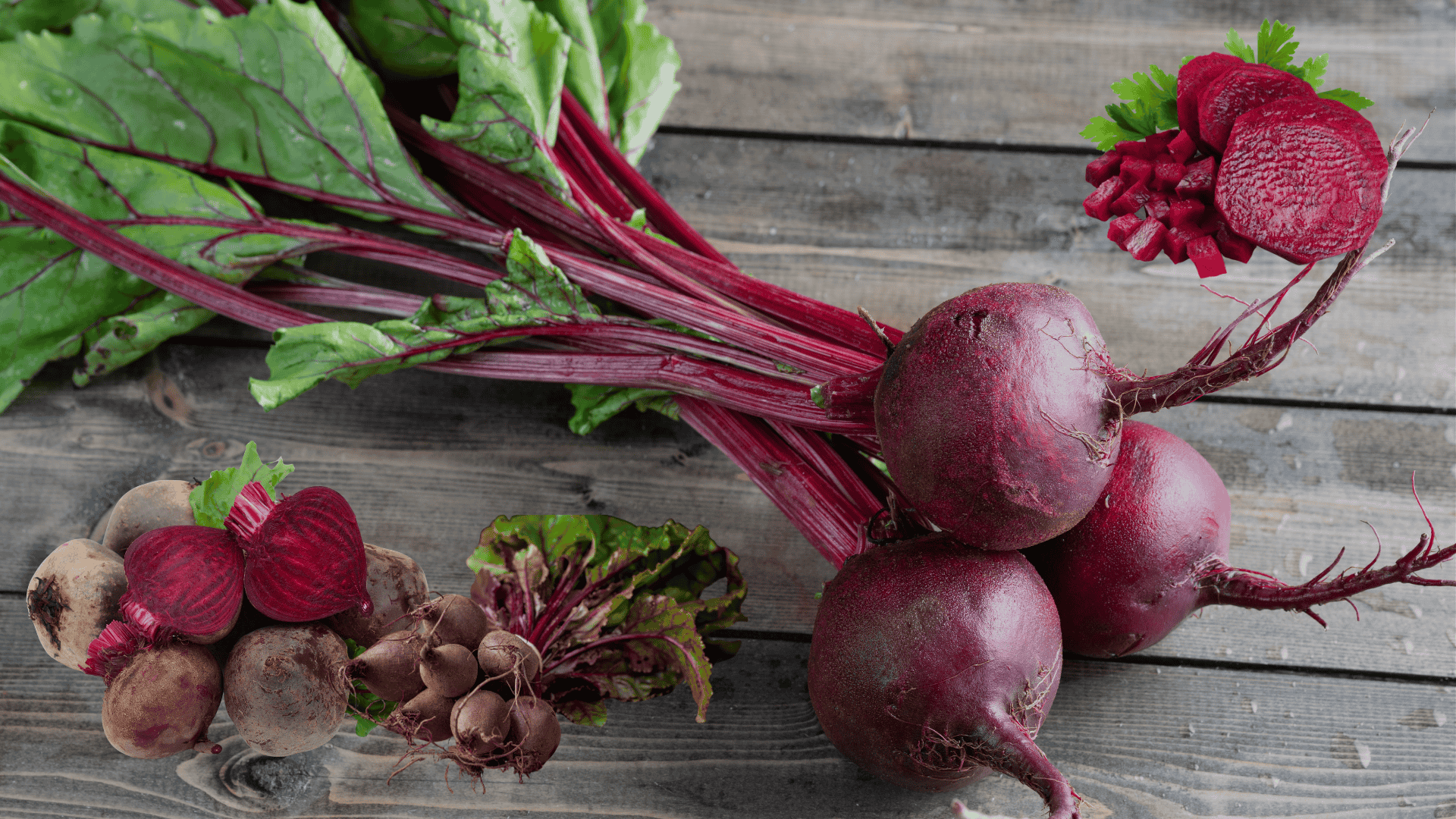
Beets are nutrient-dense root crops and highly adaptable, easy vegetables to grow that perform well in most soils.
They offer the bonus of edible greens, which are just as nutritious as the roots.
Like other plants, beets prefer steady moisture and benefit from thinning to allow larger, more flavorful roots.
- Care Tip: Thin seedlings early for larger roots and better airflow between plants.
- Best Season to Grow: Fall and spring.
11. Kale
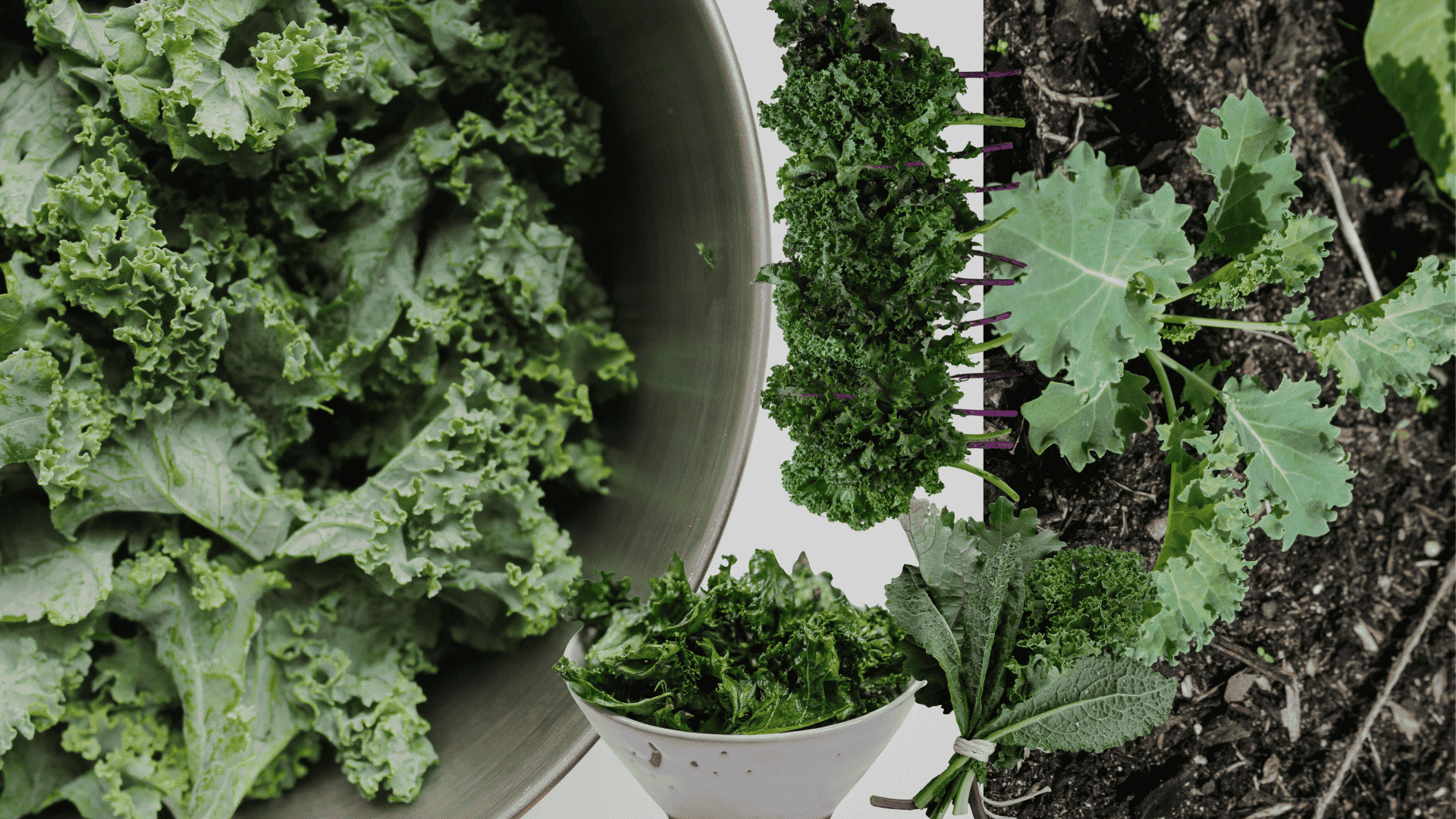
Kale is a hardy green that continues to grow even in cold weather.
As one of the most resilient and easy vegetables to grow, kale produces deep green leaves rich in vitamins and develops a sweeter flavor after the first frost.
It’s easy to plant, low maintenance, and highly nutritious.
- Care Tip: Water regularly and remove older leaves to encourage new growth and prevent pests.
- Best Season to Grow: Fall through winter.
Easy Vegetables to Grow in Summer for Beginners

Warm months bring ideal conditions for many quick-growing vegetables.
These easy vegetables to grow in summer flourish under full sunlight and deliver fast harvests when cared for consistently.
Top Summer Choices:
- Zucchini: Produces continuously with regular watering and harvesting.
- Green Beans: Love the heat and replenish soil nutrients.
- Tomatoes: Sun-loving and flavorful with steady watering.
- Peppers: Great for pots or ground beds; they flourish in warmth.
- Cucumbers: Ideal for trellised balconies or garden fences.
Tips and Common Mistakes for Growing Easy Vegetables
Success with easy vegetables to grow depends on consistent care and awareness of common challenges.
By following proven tips and avoiding simple mistakes, you can keep your easy plants to grow thriving all season long.
Best Tips for Success:
- Provide 6–8 hours of sunlight each day for steady growth.
- Use nutrient-rich, well-draining soil to support strong roots.
- Water regularly without over-saturating the soil.
- Add compost or organic matter to maintain long-term fertility.
- Harvest frequently to encourage new growth and better yields.
Common Mistakes to Avoid:
- Overwatering or letting the soil dry out completely.
- Planting seeds too close, restricting airflow, and light.
- Ignoring early signs of pests or disease.
- Using compacted or poor-quality soil.
- Planting outside the proper growing season.
Conclusion
Creating a successful home garden starts with choosing easy vegetables to grow that fit your space and schedule.
From lettuce and radishes to zucchini and bell peppers, these plants require only basic care yet deliver consistent results.
By starting with adaptable crops and following simple routines, even beginners can enjoy fresh produce within weeks.
Consistent effort, attention, and curiosity can turn a small patch of soil into a deeply satisfying gardening experience.
Which of these vegetables are you excited to try first?
Share your thoughts or experiences in the comments.
Frequently Asked Questions
What Vegetables Grow Best in Containers or Small Spaces?
Lettuce, spinach, radishes, and cherry tomatoes are great choices for containers. They need minimal soil depth and regular sunlight.
How Can I Protect My Vegetables from Pests without Using Chemicals?
You Can Manage Pests Naturally by Using Barriers Like Netting, Planting Companion Herbs Such as Basil or Marigold, and Introducing Beneficial Insects Like Ladybugs.
How Do I Know When It’s Time to Harvest My Vegetables?
Harvesting depends on the vegetable type, but as a general rule, pick leafy greens when they’re young and tender, root vegetables when they reach mature size, and fruiting plants like tomatoes or peppers when they reach full color and firmness.
What Is the 70/30 Rule in Gardening?
The 70/30 rule means dedicating about 70% of your garden to proven, easy-to-grow plants and 30% to experimenting with new varieties or seasonal crops. It helps balance reliability with creativity in your garden.

